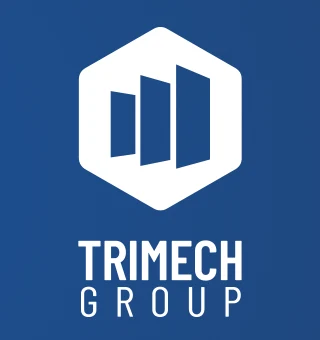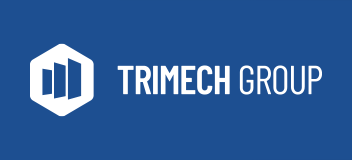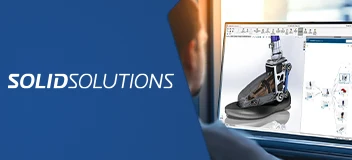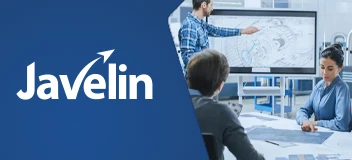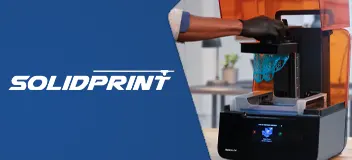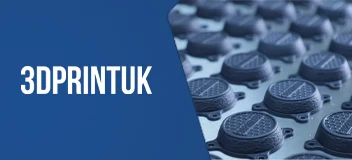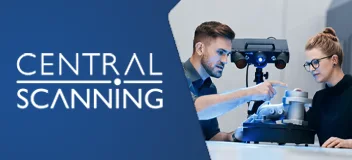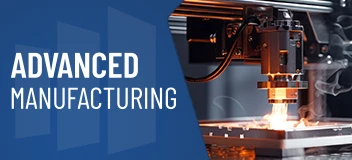How to Choose the Right 3D Printing Technology for Prototyping
3D printing has become the go-to prototyping solution for hardware startups and small and medium businesses (SMBs). It speeds up product development and market entry while minimizing costs and risk. However, when startups and SMBs are approaching the prototyping stage, they inevitably face the critical question: “which 3D printing technology should I choose for my product?”.
This article explores the practical usages of several major 3D printing techniques, as well as the decision framework for choosing the right process.
Key Takeaways
- FDM is lower in cost, working for both concept and functional prototypes.
- For high-detailed prototyping, both SLA and DLP offer comparable precision, while DLP is faster with batch production.
- For functional prototypes, both SLS and MJF offer great mechanical strength, while SLS outperforms in surface finish and speed.
- For metal prototypes, SLM/DMLS/LPBF is the mainstream metal 3D printing technology.
- Eight factors to consider for choosing the right 3D printing technology: Purpose, Precision, Surface, Size, Properties, Cost, Time, Scalability.
Why the Right Choice of 3D Printing Technology Matters
The wrong 3D printing technology can look like a minor technical mistake, but it can snowball into delayed launches, wasted funds, poor product-market fit, and lost investor confidence.
You may choose SLA for prototyping enclosures that need to snap together and spend weeks dealing with brittle parts that break during assembly, when MJF or FDM would’ve worked better.
Surface finish, strength, and flexibility vary across printing technologies. A prototype that looks right but functions wrong can be misleading. For example, a founder showcases a beautiful PolyJet-printed wearable with perfect detail, but faces big changes in tolerances and material performance when the part is transitioned to injection molding.
What’s even worse is when the prototyping technology fails to accurately simulate look, feel, and function to real-world use. Not understanding the strengths and weaknesses of these technologies can lead to false confidence and poor user experience.
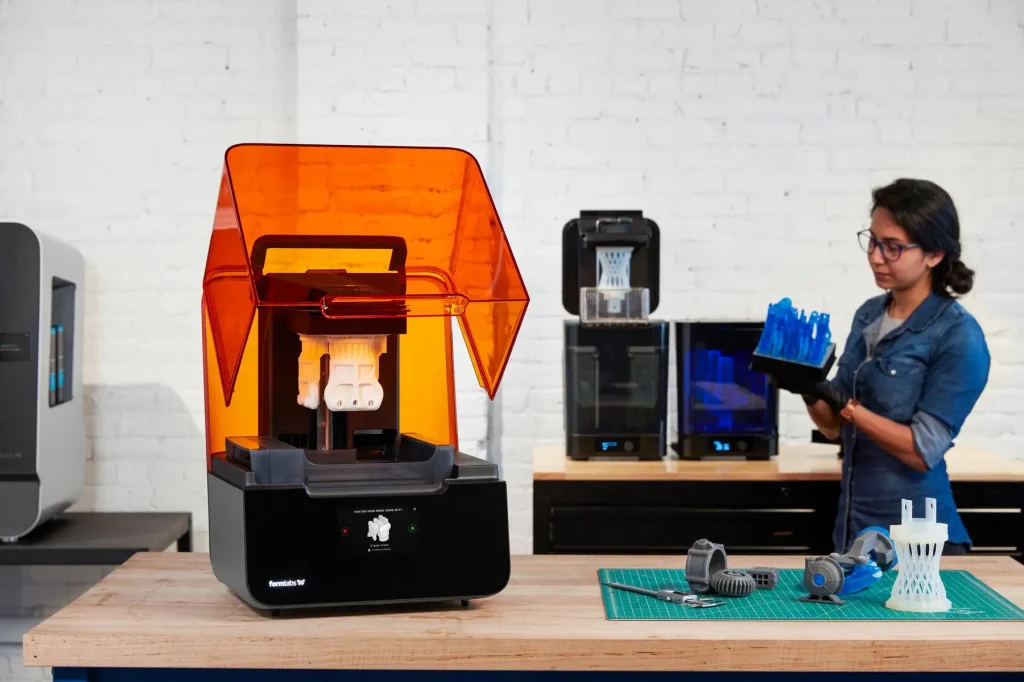
Another common mistake is switching technology midway. A team might prototype with FDM for speed at first, then move to SLS for production. They then discover issues with the fit and tolerances due to the difference in additive manufacturing technology.
Top 6 3D Printing Technologies
Fused Deposition Modeling (FDM)
In this process, a heated nozzle extrudes melted plastic line by line. As one of the most used 3D printing techniques, FDM printing is generally lower in cost and can create both concept prototypes and functional prototypes.
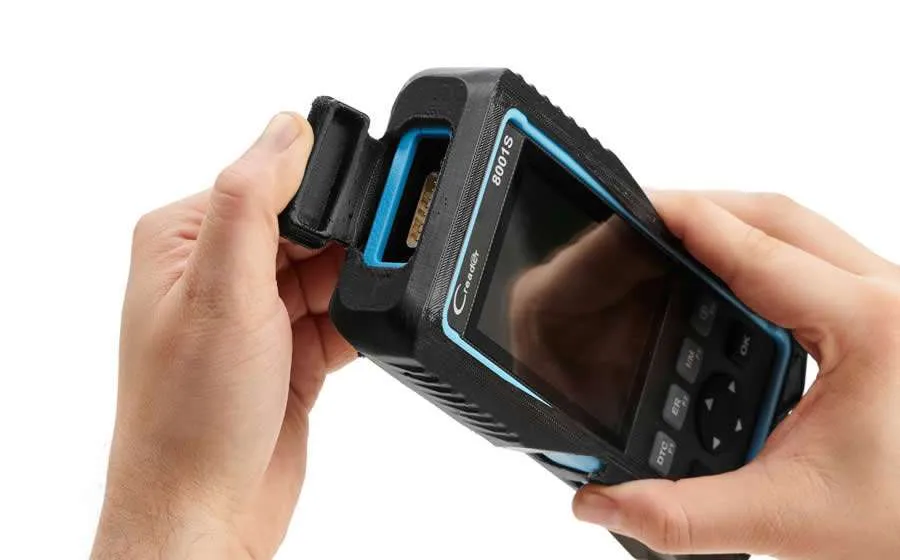
FDM device case using TPU 92A
However, it is less ideal for high-detail visual prototypes or parts that require high accuracy and great surface finish.
FDM is best for early-stage prototyping, parts like enclosures, and rough mechanical parts.
Stereolithography (SLA)
SLA uses a laser to cure liquid resin and creates parts with high resolution and smooth surface finish. It is best for high-detailed visual models with ultra smooth surface, but less ideal for prototypes requiring mechanical strength due to the brittle materials.
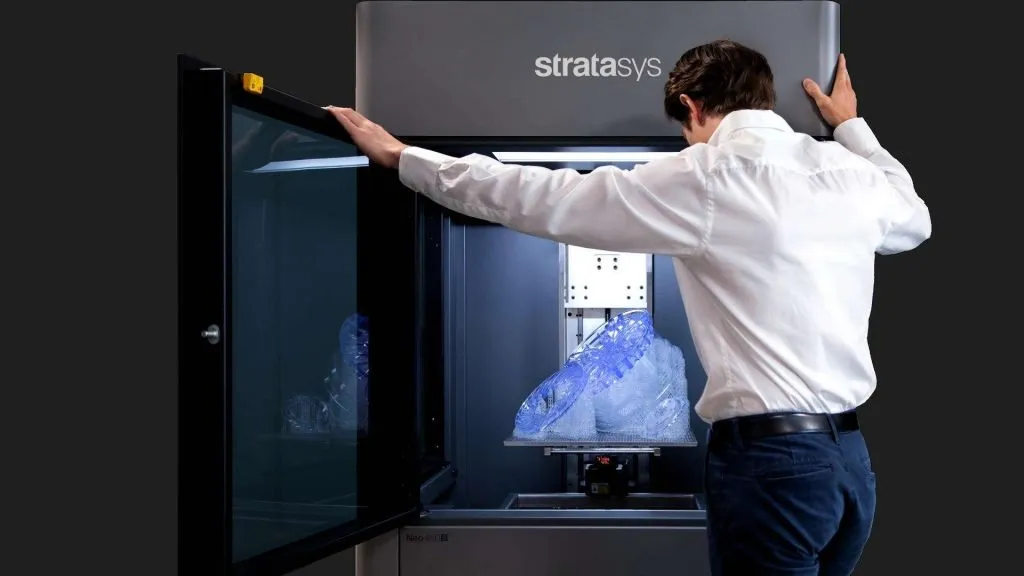
SLA printers generally handle smaller prototypes. But there are also industrial-grade SLA systems such as the Stratasys Neo with 800 × 800 × 600 mm build platform.
For a more detailed comparison of the most popular 3D printing technology, check out FDM vs SLA: Which 3D Printing Technology is best for you?
Digital Light Processing (DLP)
Like SLA, DLP also cures liquid resin but using a projector, curing each layer at once. Thus, it is much faster than SLA while offering comparable precision.
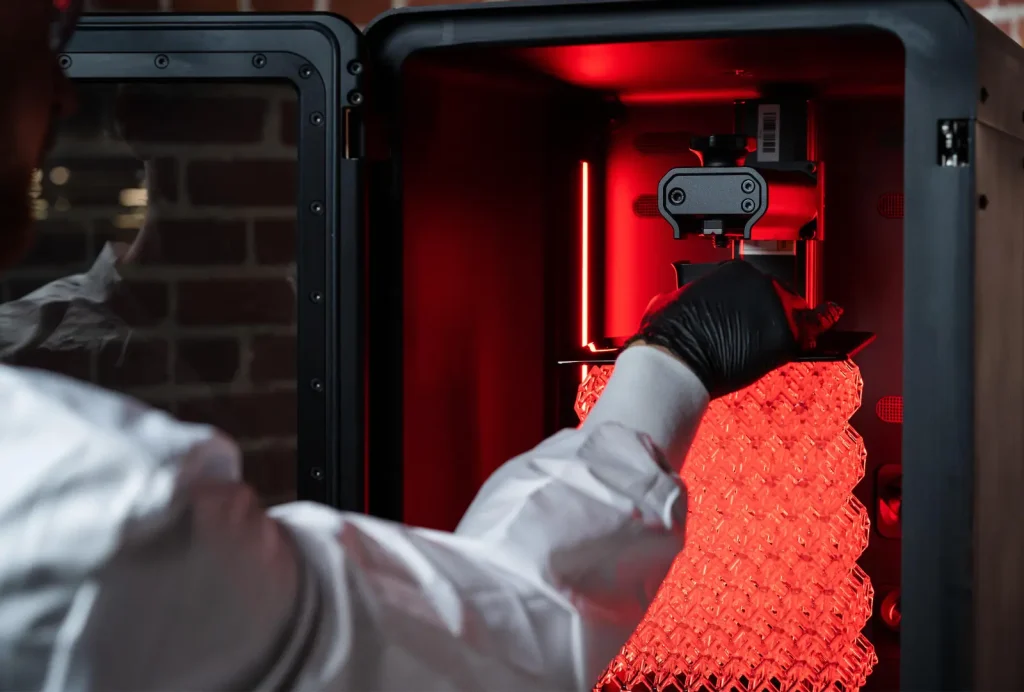
Origin One DLP 3D printer
However, due to its limited build volume, DLP printing is more suitable for high-detailed small parts in batch.
PolyJet
Like 2D paper printers, PolyJet printers jet resin in ultra-thin layers, then cure with UV light. They can print high-fidelity, multi-material prototypes with materials that can be colorful, transparent, or rubber-like, making them ideal for presentations and ergonomic testing.
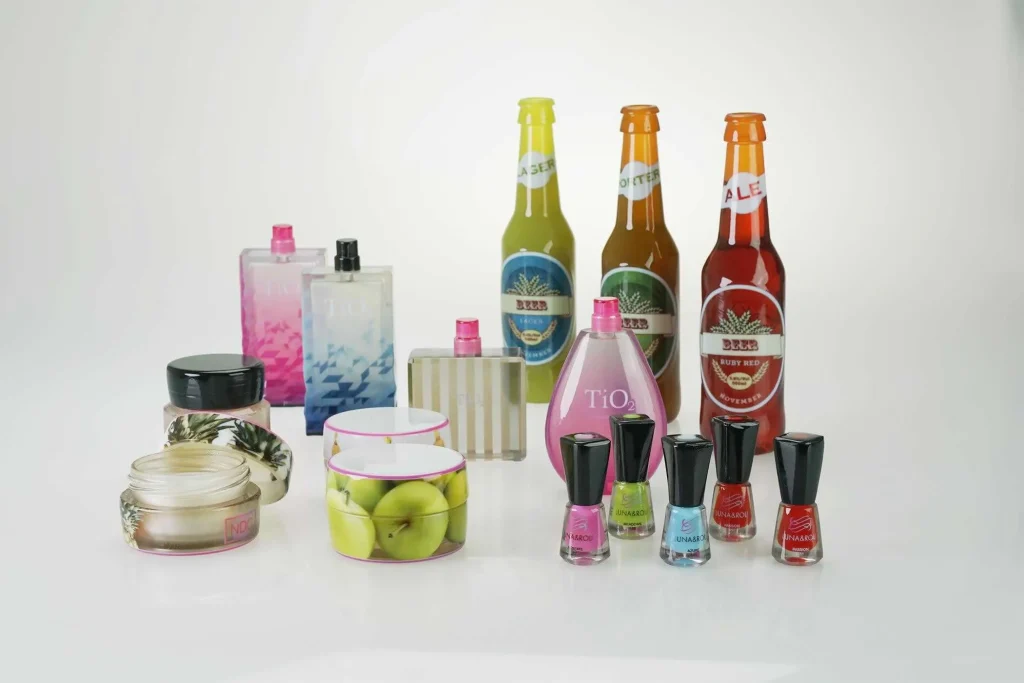
PolyJet samples
Selective Laser Sintering (SLS)
SLS fuses powdered nylon with a laser. It can produce strong, functional prototypes with complex geometries, and is cost-efficient in batch production (10-100+ parts). It also supports more diverse materials (glass‑filled, carbon‑filled nylons, high‑temperature polymers, etc.).

SLS part
However, the upfront equipment cost, material cost, and specialized post-processing make it less ideal for one-offs.
Multi Jet Fusion (MJF)
MJF is also a powder-bed fusion 3D printing technology that is commonly used to produce dense and strong parts with high throughput. It offers comparable mechanical strength to SLS, but outperforms in surface finish, speed, and cost-efficiency. SLS is a better option for more solid parts, while MJF typically costs less for lower density parts. MJF is often used for functional parts in small batch and early production runs (100-5000 units).

MJF part dyed black
Selective Laser Melting (SLM)
The most popular metal 3D printing technique, SLM, also known as LPBF or DMLS, fuses metal powder layer by layer using a laser. It’s often used for complex metal prototypes in the engineering validation stage, functional metal parts with high strength, and high-performance prototypes in aerospace, medical, and automotive industry.

DMLS/SLM metal part
How to Choose the Right 3D Printing Technology for Your Product
Choosing the right 3D printing technology requires a decision framework that includes all the following key factors:
Purpose/Stage
There are three key phases when 3D printing is heavily used in the hardware product development process: rough ideation of design, engineering prototyping (Functional or Presentation), and short-run production.
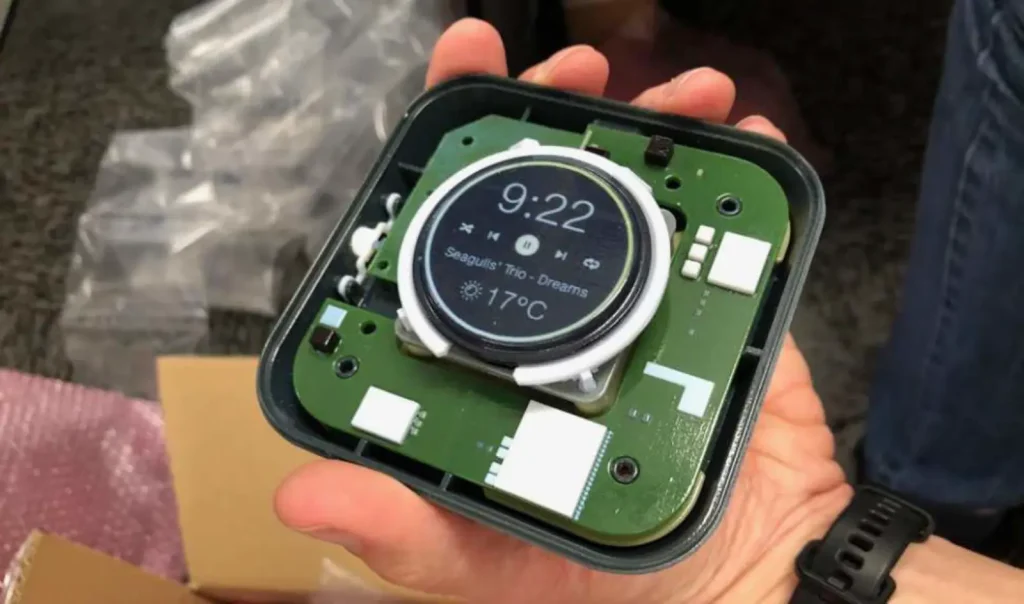
- Mock prototypes requires fast, low-cost iteration to emulate the look and size, thus FDM and basic SLA/DLP systems are suitable for this stage.
- Functional prototypes are for real-world testing, and tech choice depends on the specific product requirements but may use a combination of manufacturing processes.
- Presentation prototypes: SLA, DLP, particularly PolyJet are often used for presentation models for investors or customers.
- Short-run production / bridge to manufacturing: MJF and SLS are typically chosen as they are cost-effective alternatives to injection molding. These two technologies are also increasingly used for end-use parts. If your product will be injection molded in Nylon, MJF/SLS with PA12 is a great way to prototype with similar material properties.
For more detailed information about how additive manufacturing is used in product development, check out this podcast Benefits of Additive Manufacturing for New Inventions.
Product Requirement Matrix
- Precision: What level of detail do I need? Dimensional accuracy and tolerance range widely between technologies.
- Surface finish: Nozzle diameter, support requirements, layer height, material properties, build orientation – they all play a role in the surface finish.
- Part size: Part dimensions and volume requirements should align with the build volume of 3D printers.
- Mechanical properties: This is a high priority factor particularly for functional parts. Mechanical properties (strength, flexibility, impact resistance, fatigue resistance), thermal properties, chemical resistance, and material compatibility with the 3D printing technology together determine if the process is ideal for your project.
Below is a summary of typical materials used in each of the 3D printing techniques:
- FDM: Standard plastics (PLA, ABS, ASA), Engineering plastics (Nylon 6, ULTEM, PC), Flexible TPU, Specialty materials (carbon fiber filled Nylon or ABS)
- SLA/DLP: Standard resin (good detail, brittle), Tough resin (ABS-like), Flexible resin (rubber-like), Heat resistant resin, Biocompatible resin
- MJF: Nylon (PA12, PA11, glass-filled), TPU, Color-enabled PA12
- SLS: Nylon (PA12, PA11, glass or carbon fiber-filled), Advanced materials (PEEK, PPS), TPU
- DMLS/SLM/LPBF: Aluminum, Stainless Steel, Titanium, Inconel
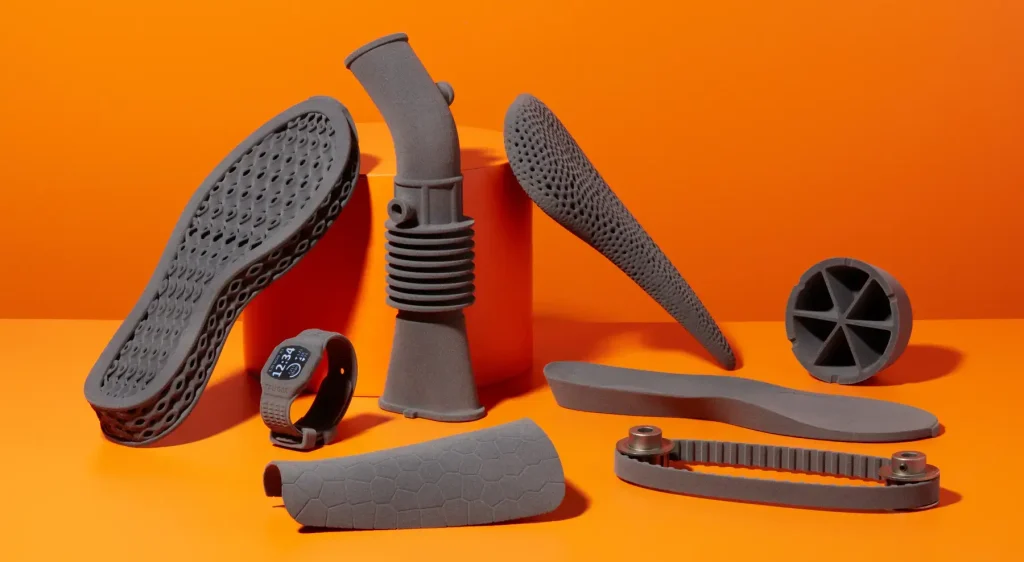
Cost
There’s a combination of factors that affect the cost, including whether you are planning to own a 3D printer or outsource to a services provider.
The key cost components include material cost, part volume, post-processing costs, labor and expertise.
Generally, metal 3D printing is the most expensive option and FDM offers the lowest total costs for simple parts, while MJF/SLS become cost-effective at higher volume.
SLS printing is more expensive than FDM and SLA/DLP due to the cost of materials, specialized equipment, and post-processing requirements. Compared to MJF, however, it is cost-effective for small to medium batch production of smaller parts while MJF is cheaper for more sparse parts with larger production volumes.
Time
The time needed from design to finish is affected mainly by setup time, printing speed, and post-processing time.
- Setup time: Setting up on a FDM printer is intuitive and takes only a few minutes in most cases. SLA/DLP takes longer for resin tank preparation, build platform setup, and resin handling. SLS and MJF also require complex powder preparation and chamber preparation including preheating and cooling down after printing. SLM is even longer as it needs inert atmosphere setup to maintain extremely low oxygen levels.
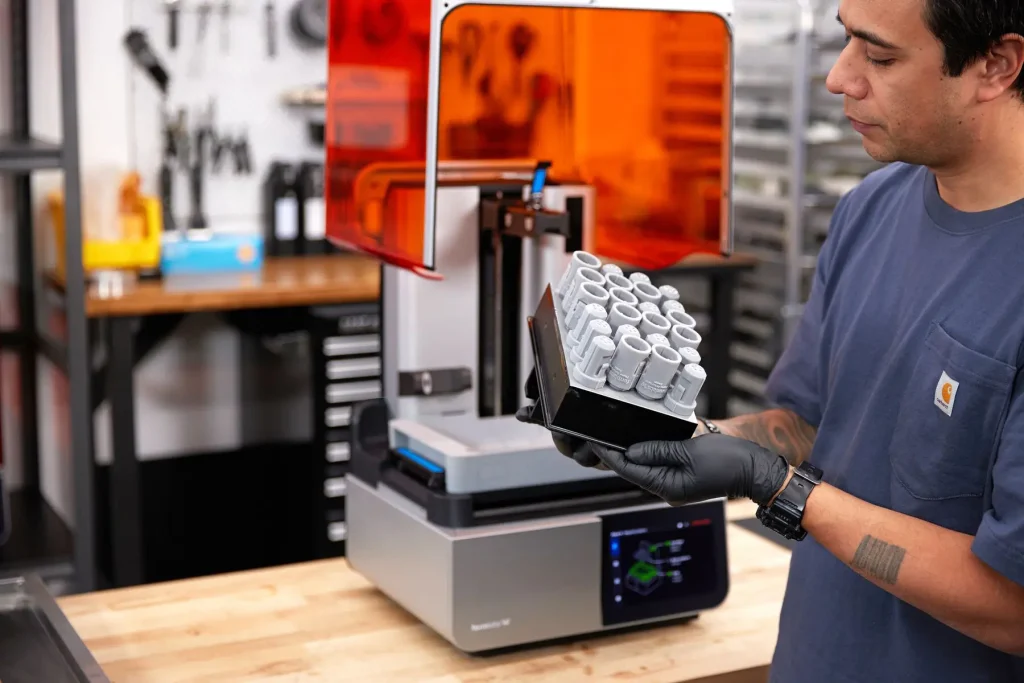
- Printing speed: Some printers are faster for a single part, while others are better for larger batches. SLS and MJF are efficient ways to produce batches of parts when post-processing is taken into consideration. Generally, DLP systems are fastest because the entire layer is cured instantly with light projection. MJF can be faster than SLS due to more efficient heating methods. SLS is faster than FDM because laser scans faster than extruding material through a nozzle in FDM. SLM is slower due to the limitation of the laser melting metal slowly.
- Post processing: This can be a labor and time-intensive stage that is often underestimated, which includes part cleanup, support removal, and finishing. SLM requires the most extensive post-processing such as stress relief and traditional or CNC machining. SLA/DLP requires washing in IPA or cleaning solution, UV curing, support removal, and surface finishing. Per part time is lower for SLS and MJF as post processing with bead blasting can be done at scale.
These factors should be balanced with iteration frequency needs and turnaround time expectations.
Scalability to Production
If the part is just for concept validation and design exploration with multiple iterations and low cost, then FDM/SLA might be enough.
However, if the part is intended to be used for production later, you’ll need to consider scalability and plan for manufacturing transition earlier. In this case, there are several questions to be answered:
- What will the final manufacturing method be: injection molding, die casting, CNC machining?
- Can the 3D printing material mimic the material in the final product? For example, if the final production material is Polypropylene (PP), then PP filament can be used in FDM, or PA12 can be used via MJF/SLS as a functional prototype alternative – don’t prototype in brittle resin if it will eventually be durable plastic; If ABS is used for final injection-molded production, then ABS filament may be used in FDM 3D printing for prototyping purposes.
- Can the geometry in 3D printing be replicated in final production? Don’t 3D print geometries you can’t later mold, cast, or machine.
- Will this technology allow transition from prototype to bridge production or low-volume runs? Can it support 10s, 100s, or 1000s of parts before tooling is ready? SLS/MJF or urethane casting can be a good option as interim before injection molding.
Conclusion
Choosing the right 3D printing technology depends on thorough consideration and experience. As an award-winning product development service provider, TriMech Design offers full-scope services not only to make sure a product is well-designed but is also ready to scale with confidence.
We have a team dedicated to design for manufacturing, 3D printing and prototyping that can help you transition to manufacturing. Reach out to us and let us guide you through your product development process.
FAQs
For consumer electronics products, what is the ideal process for components such as enclosures and housings?
There are certified ESD compliant materials such as ABS-ESD7 and PC using FDM technology that are commonly used in electronic enclosures and housings. Often electrical enclosures can require a single part and/or large size which lends itself well to the large build envelopes found in FDM.
For medical devices, which 3D printing technology can better handle the biocompatibility and regulatory requirements?
Stratasys Polyjet technology offers biocompatible materials used in both medical and dental applications. These materials when used on a certified machine and environment can meet stringent biomedical standards.
What are the key technology considerations when designing threaded connections in 3D printed parts?
Printing internal threads are not typically advisable due to their poor strength and surface finish. A common alternative uses heated internally threaded inserts. These inserts are heated up and embedded into the printed part to create a strong threaded connection. Materials like ABS and Nylon using technologies such as FDM and MJF allow for threaded inserts to be utilized, whereas resin-based technologies such as Polyjet or SLA, threaded inserts are not advisable. If you are considering a low production solution, a different solution should be explored due to the labor-intensive nature of installing the inserts.
Have a Product Idea?
Discover our product development services tailored to startups, small manufacturers, and inventors.
Design Newsletter
Get the latest news curated for designers, makers and inventors.
Product Design Experts related to this content:
Discover our team of designers, engineers, project managers, and problem-solvers.
Marc Sinclair, Project Manager
Marc Sinclair is a Project Manager working out of the Toronto and Oakville, ON office. He has over a decade of experience working with OEMS and SMEs with a focus on manufacturing in product development.
More from our Blog
Coffee Maker Evolution and Innovation in Product Design
Do you love coffee? Our blog expounds upon the history of coffee makers and highlights the best innovations in coffee makers to date!
Project Engineering Services for Thriving with Bigger Companies
In this blog post, we spoke to three members of TriMech’s Project Engineering Services team to learn what makes them successful with projects they take...
What the History of Video Game Development Can Teach Us About Innovation
Did you know that the history video game development can teach us a lot about product innovation and design! Read our informative blog to learn...
Need help with your Product Idea?
Tell us about your invention or product design idea and get the help you need design, build and bring it to market
